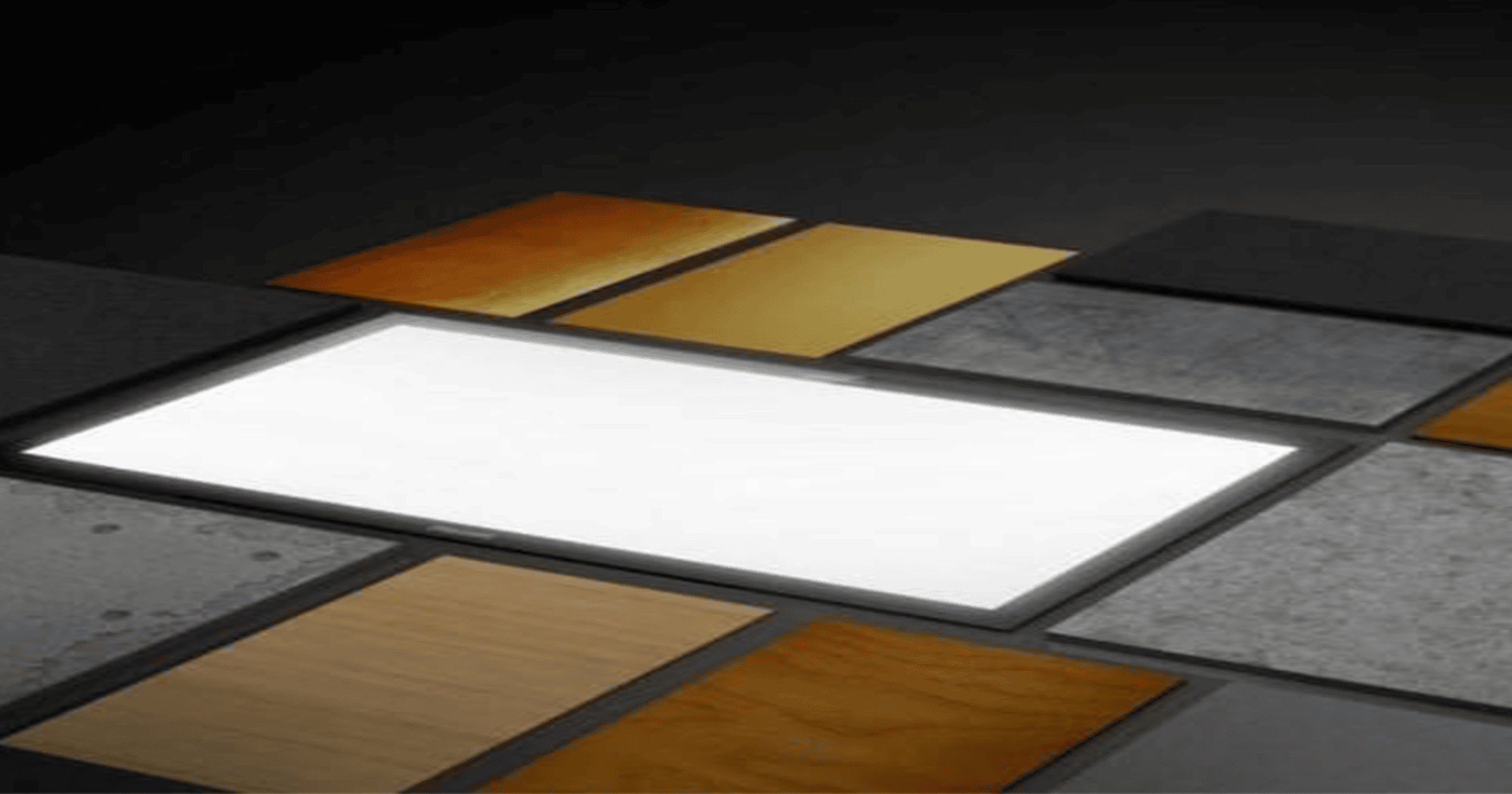
Light. It infuses our lives in a myriad of ways. From the morning’s first rays that transform into the boldest of sunset hues, to the soft glow of the lamp we switch on as the evening stars dazzle above, light is truly a magnificent phenomenon.
May 16th is the International Day of Light—a celebration of this incredible natural wonder that we experience every day. This global initiative centers on the foundational role that light plays in our modern world. It also commemorates the anniversary of physicist and engineer Theodore Maiman’s first successful operation of a laser in 1960. Maiman’s discovery marked a significant milestone in the field of optics, which is the study of light and its interaction with the matter all around us.
The Invention of the Laser
In 1956, Theodore Maiman worked at Hughes Aircraft Company (now Hughes Research Laboratories) where he led a project to redesign the ruby Microwave Amplification by Stimulated Emission of Radiation (MASER/maser). First built by Charles Townes in 1954, a maser is a device that produces and amplifies electromagnetic radiation in the microwave range of the spectrum. Applications for masers span many fields, including medical imaging, environmental monitoring and climate research, radio astronomy, and radar and communications.
Fun Fact: In his 1917 paper, Albert Einstein outlined a theory for stimulated emission. In the year prior, he had turned his attention from general relativity to the interactions between matter and radiation, and how these two things could achieve thermal equilibrium.
Building off of Townes’ work, Maiman and his assistant Charles Asawa set out to develop a device that would produce visible light instead of microwaves. Though other scientists had dismissed rubies as a potential medium to accomplish such a feat, he discovered that artificial rubies were promising, having fewer impurities than their natural counterparts.

Laser lights in skyline of Brisbane City, Australia.
Maiman’s experiment manipulated pulses of light to stimulate atoms in an artificial ruby. This process resulted in the emission of a highly focused beam of light—marking the invention of the first Light Amplification by Stimulated Emission of Radiation (LASER/laser). A laser is simply a maser that works with photons, aka rays of light, that are of a higher frequency and in the visible light spectrum or ultraviolet (UV) light spectrum.
Origins of the International Day of Light
Maiman’s groundbreaking invention catalyzed a multitude of technological advancements in research, medicine, and industry, with far-reaching implications that continue to shape optics and many other scientific disciplines. The United Nations Educational, Scientific, and Cultural Organization (UNESCO) proclaimed 2015 the International Year of Light. This year-long campaign celebrated the importance of the laser and the other technologies that Maiman’s innovation inspired.

Hand holding a lightbulb against a starry night sky.
The International Year of Light also focused on raising awareness about challenges in energy, agriculture, health, and education, and the solutions that optical technologies can provide to promote more sustainable development across these interconnected areas.
UNESCO built upon the success of its 2015 campaign by establishing the first International Day of Light on May 16, 2018, celebrated annually ever since.
Purpose of the International Day of Light
Today underscores the benefits of scientific cooperation within the field of optics and beyond. It emphasizes the potential that light and optical technologies have to foster peace, advance sustainable development, and increase quality of life and well-being across the world. The International Day of Light is dedicated to enhancing our understanding and appreciation of the educational and cultural aspects of light and its physical, social, and creative uses throughout history.

Dragon light festival at night.
Without light, our planet would be but a cold and barren place. Indeed, where there is light, there is often an abundance of life. Yet light represents even more for humanity. Light goes hand in hand with knowledge; it is a lens through which to see and understand the world.
~ Audrey Azoulay, UNESCO Director-General.
OLED Technology and the Field of Optoelectronics
Theodore Maiman came to be known as the “father of the electro-optics industry”. His work laid the foundation for the field of optoelectronics, which includes both lasers and organic light emitting diodes (OLEDs).

Supertree Gardens by the Bay at night, Singapore.
Though they are different technologies, lasers and OLEDs are connected via their use of organic (i.e., carbon-containing) materials to manipulate light. Lasers involve the process of stimulated emission (as first theorized by Einstein) to amplify light. Similarly, OLEDs also rely on the emission of light; however, they do so through electroluminescence, producing light as a result of an electric current passing through an organic semiconductor material.
This organic semiconductor material can be thought of as a series of “seats” representing molecules, with “people” as the energetic particles, i.e., electrons. When electrons (people) board the “train” from one end, they have extra energy and want to go to the relaxed state of sitting. As new people board, some of the seated people rise and exit the train at the other end, leaving empty seats, or ‘holes,’ for the standing people to fill. As people sit and relax, they release energy—and using OLEDs as our example, this energy is released as light.

Flexible OLEDWorks light panel.
The connection between lasers and OLEDs has strengthened as researchers work toward creating OLED-based laser diodes and other advancements in OLED technology. The dream of building organic lasers has been hindered by the organic materials’ tendency to operate inefficiently at the high currents required for lasing. Breakthroughs in OLED fabrication have shown that finely patterned structures can produce bright, low-power light sources, which is a key step toward making organic lasers and opening up greater possibilities for thin, flexible, low-power display technologies.
Generally, the relationship between OLEDs and Maiman’s laser lies in the broader context of organic optoelectronic devices, where both technologies benefit from the properties of organic materials to control and emit light.
Shaping the Future of Light Technology
OLEDWorks is delighted to share some of the history of Maiman’s laser and the International Day of Light. Our own journey of optoelectronics research and development has earned us a reputation as the leading global manufacturer of OLED technology.

OLEDWorks light panel in textured background.
We create beautiful and unique OLED lighting products that are changing the way that people communicate information, including how they illuminate spaces, display images, and signify presence on the road. It is an honor to be part of the global lighting community and to celebrate this International Day of Light with you. We continue to be dedicated to scientific collaboration as reflected in the spirit of this day, and to providing innovative OLED solutions that will shape the future of light-based technology for the benefit of all humankind.


